What are Recession and Resection Procedures?
Recession and resection are surgical procedures performed on the eye muscles to correct strabismus, commonly known as crossed eyes or lazy eye. Strabismus occurs when the eye muscles are imbalanced, causing the eyes to point in different directions. These procedures aim to realign the eyes and improve binocular vision, where both eyes work together to create a single, clear image.
Procedure:
- Recession: This procedure weakens a specific eye muscle. The surgeon detaches the muscle from its original insertion point on the eyeball and reattaches it further back. This loosens the muscle’s pull, allowing the eye to rotate outward.
- Resection: This procedure strengthens a specific eye muscle. The surgeon shortens the muscle by removing a small section or folding it. This tightens the muscle’s pull, allowing the eye to rotate inward.
Who is Suitable for These Procedures?
Both recession and resection procedures are typically used for children and adults experiencing strabismus. They are most suitable for individuals with:
- Strabismus that doesn’t respond well to eyeglasses or vision therapy.
- Double vision (diplopia).
- Amblyopia (lazy eye) caused by strabismus.
- Cosmetically bothersome misalignment of the eyes.
Who is Not Suitable?
These procedures may not be suitable for everyone. They are generally not recommended for people with:
- Uncontrolled active eye infections.
- Severe anatomical abnormalities of the eye muscles or socket.
- Certain neurological conditions affecting eye movement control.
- Unrealistic expectations about the outcome of surgery.
Advantages:
- Improved Eye Alignment: Effective in realigning the eyes and achieving strabismus correction.
- Enhanced Binocular Vision: May improve the ability to see a single, clear image with both eyes.
- Reduced Double Vision: Can alleviate diplopia associated with strabismus.
- Improved Cosmesis: Straightens the eyes for a more cosmetically pleasing appearance.
Complications:
- Undercorrection or Overcorrection: The eye alignment may not be perfectly corrected, requiring additional surgery.
- Infection: Although uncommon, infection is a potential complication requiring prompt antibiotic treatment.
- Bleeding: Minor bleeding can occur during or after surgery.
- Muscle Palsy: Accidental damage to nerves or blood vessels supplying the eye muscles can lead to muscle weakness.
- Drooping Eyelid (Ptosis): In rare cases, the eyelid may droop slightly after surgery.
Preoperative Care:
- Comprehensive eye exam to assess the type and severity of strabismus.
- Measurements of eye misalignment angles.
- Imaging tests like MRI scan in some cases to rule out underlying neurological conditions.
- Discussion of risks and benefits of recession or resection surgery with your ophthalmologist.
- Stopping certain medications that could increase bleeding risk.
Postoperative Care:
- Eye patch or shield for a short period to protect the surgical site.
- Eye drops or ointment to prevent infection and inflammation.
- Wearing prescribed eyeglasses or contact lenses as needed.
- Regular follow-up appointments with your ophthalmologist to monitor healing, eye alignment, and adjust treatment if necessary.
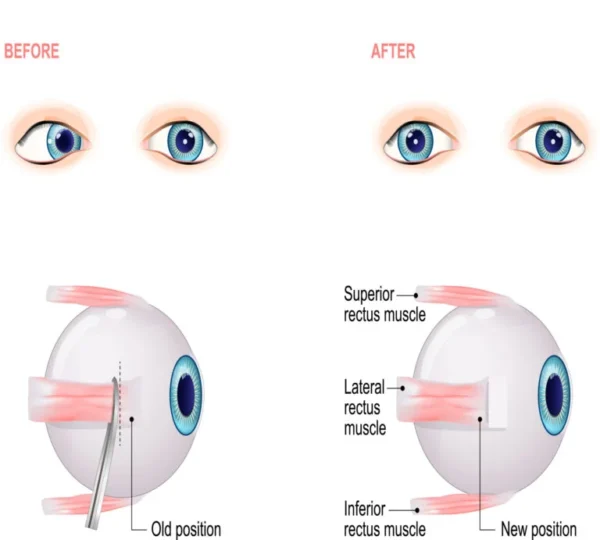
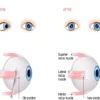

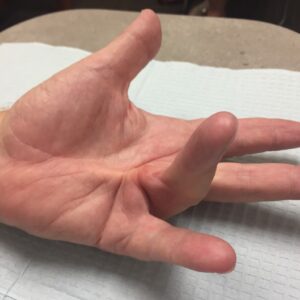

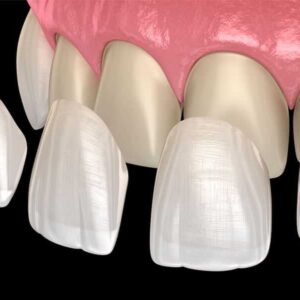

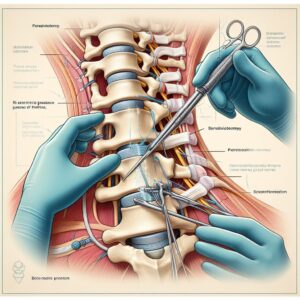
Reviews
There are no reviews yet.